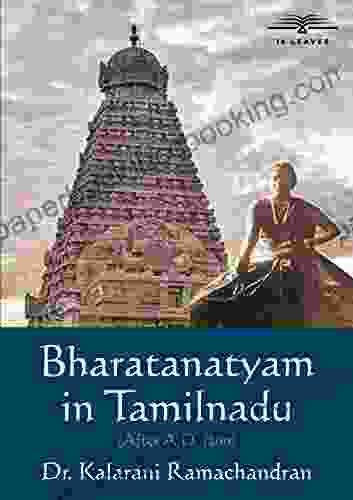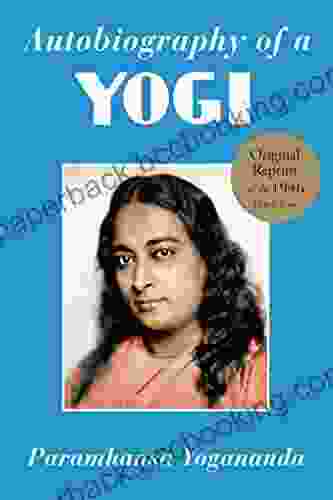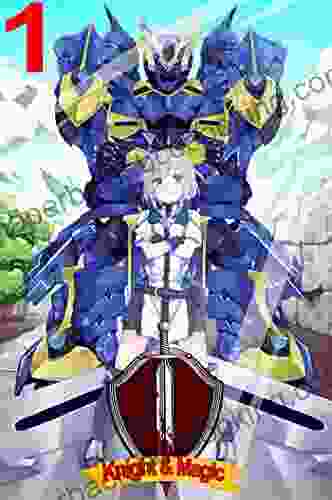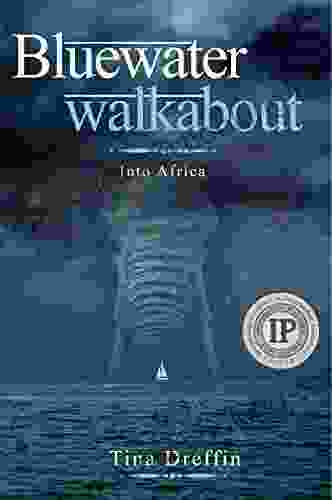A Deep Dive into the Evolution of Bharatanatyam in Tamil Nadu Over Centuries

Bharatanatyam, one of India's most celebrated classical dance forms, has a rich and storied history in the South Indian state of Tamil Nadu. Its origins can be traced back to the 13th century, when it was known as Sadir. Over the centuries, Bharatanatyam has undergone significant transformations, evolving into the vibrant and expressive art form we know today.
The Natya Shastra and the Origins of Bharatanatyam
The roots of Bharatanatyam can be found in the ancient Indian treatise on performing arts, the Natya Shastra. Compiled by the sage Bharata around the 2nd century BCE, this seminal work codified the principles of Indian classical dance, music, and drama. The Natya Shastra describes four main types of dance: abhinaya (expressive dance),nritta (pure dance),nritya (a combination of abhinaya and nritta),and natya (dance-drama).
5 out of 5
| Language | : | English |
| File size | : | 4030 KB |
| Text-to-Speech | : | Enabled |
| Enhanced typesetting | : | Enabled |
| Print length | : | 170 pages |
| Lending | : | Enabled |
In the 13th century, the Tamil Nadu region witnessed a resurgence of interest in the Natya Shastra. This revival was spearheaded by the Shaivite saints known as the Nayanmars. These devotees of Lord Shiva composed devotional songs and dances that incorporated elements of both abhinaya and nritta. The Nayanmars' performances, known as sadirs, were performed in temple courtyards and played a significant role in popularizing Bharatanatyam among the masses.
The Devadasis and the Refinement of Bharatanatyam
During the medieval period, Bharatanatyam was primarily performed by devadasis, women who dedicated their lives to the service of a particular temple. Devadasis received extensive training in dance, music, and literature, and their performances became renowned for their grace, precision, and expressiveness.
The devadasis played a crucial role in refining and codifying the techniques of Bharatanatyam. They developed intricate hand gestures, footwork, and body movements that became the hallmark of the dance form. They also introduced new elements, such as the use of costumes, jewelry, and makeup, which enhanced the visual appeal of Bharatanatyam.
The Colonial Era and the Decline of Devadasis
The British colonial period had a significant impact on Bharatanatyam. The colonial government banned the devadasi system in the late 19th century, as it was seen as a form of prostitution. This ban led to a sharp decline in the number of Bharatanatyam performers, and the dance form itself faced the threat of extinction.
The Revival of Bharatanatyam in the 20th Century
In the early 20th century, a resurgence of interest in Bharatanatyam began. This revival was led by pioneering dancers and musicians such as Rukmini Devi Arundale and E. Krishna Iyer. They worked tirelessly to promote Bharatanatyam as a legitimate art form and to preserve its traditional techniques.
Rukmini Devi Arundale founded the Kalakshetra Foundation in Chennai in 1936. Kalakshetra became a renowned center for Bharatanatyam training and research, and it played a pivotal role in the revival of the dance form. E. Krishna Iyer established the Madras Music Academy in 1928, which became a major platform for Bharatanatyam performances.
Contemporary Bharatanatyam
In the post-independence era, Bharatanatyam has continued to thrive and evolve. Renowned dancers such as Balasaraswati, T. Balasubramaniam, and Padma Subrahmanyam have made significant contributions to the dance form, developing new styles and choreographies.
Contemporary Bharatanatyam is a vibrant and dynamic art form that combines traditional elements with modern innovations. Dancers today explore new themes and interpretations, pushing the boundaries of Bharatanatyam while remaining rooted in its classical origins.
The Future of Bharatanatyam in Tamil Nadu
Bharatanatyam is a living art form that continues to captivate audiences around the world. Its rich history and enduring legacy ensure its place as one of India's most cherished cultural treasures. In Tamil Nadu, the birthplace of Bharatanatyam, the dance form continues to flourish, inspiring new generations of dancers and captivating audiences with its timeless beauty and expressive power.
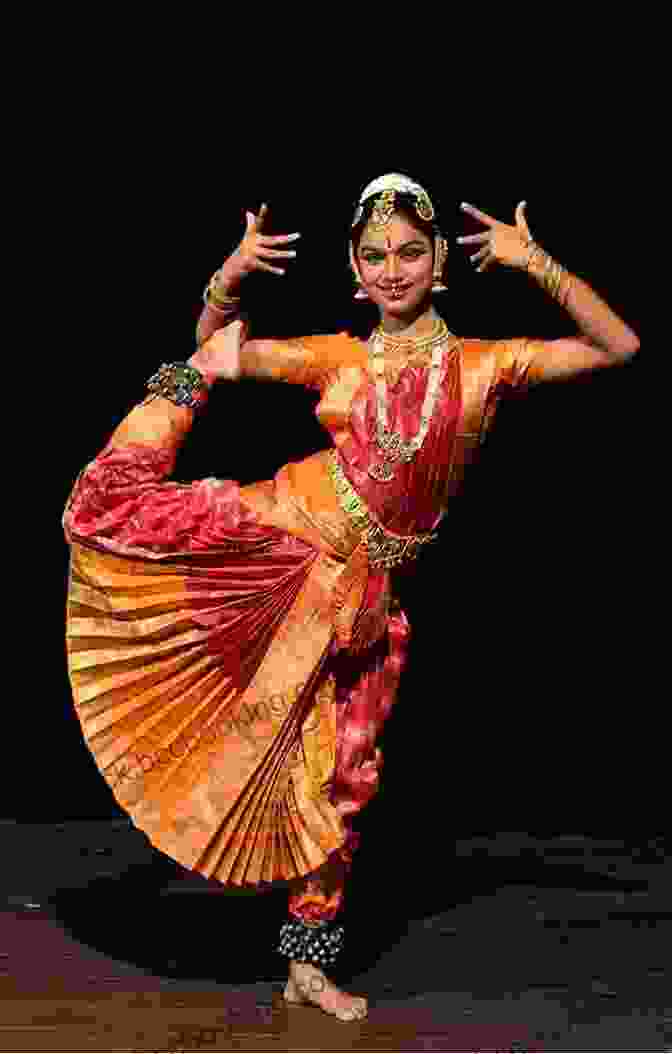
Glossary of Terms
- Abhinaya: Expressive dance that conveys emotions and stories through facial expressions, hand gestures, and body movements.
- Devadasis: Women who dedicated their lives to the service of a particular temple and were trained in dance, music, and literature.
- Kalakshetra: A renowned center for Bharatanatyam training and research in Chennai, founded by Rukmini Devi Arundale.
- Natya Shastra: An ancient Indian treatise on performing arts that codifies the principles of dance, music, and drama.
- Nritta: Pure dance that emphasizes rhythmic patterns and footwork.
- Nritya: A combination of abhinaya and nritta that tells a story or conveys an emotion.
- Sadir: The early form of Bharatanatyam performed by the Nayanmars in the 13th century.
5 out of 5
| Language | : | English |
| File size | : | 4030 KB |
| Text-to-Speech | : | Enabled |
| Enhanced typesetting | : | Enabled |
| Print length | : | 170 pages |
| Lending | : | Enabled |
Do you want to contribute by writing guest posts on this blog?
Please contact us and send us a resume of previous articles that you have written.
 Book
Book Novel
Novel Page
Page Chapter
Chapter Text
Text Story
Story Genre
Genre Reader
Reader Library
Library Paperback
Paperback E-book
E-book Magazine
Magazine Newspaper
Newspaper Paragraph
Paragraph Sentence
Sentence Bookmark
Bookmark Shelf
Shelf Glossary
Glossary Bibliography
Bibliography Foreword
Foreword Preface
Preface Synopsis
Synopsis Annotation
Annotation Footnote
Footnote Manuscript
Manuscript Scroll
Scroll Codex
Codex Tome
Tome Bestseller
Bestseller Classics
Classics Library card
Library card Narrative
Narrative Biography
Biography Autobiography
Autobiography Memoir
Memoir Reference
Reference Encyclopedia
Encyclopedia Lynda Durrant
Lynda Durrant Nancy Lawson
Nancy Lawson Peggy Mastel
Peggy Mastel Pat F Garrett
Pat F Garrett Sandra Swenson
Sandra Swenson Melvin Jules Bukiet
Melvin Jules Bukiet Ted Bell
Ted Bell Lori Anna Harrison
Lori Anna Harrison Vanessa Holburn
Vanessa Holburn Mari Sandoz
Mari Sandoz W Robert Beckman
W Robert Beckman Ronald Rompkey
Ronald Rompkey Vesela Flamburari
Vesela Flamburari Richard Preston
Richard Preston Patricia Preciado Martin
Patricia Preciado Martin Prashant Shah
Prashant Shah Vintage Visage
Vintage Visage Russell Baker
Russell Baker Morris Ardoin
Morris Ardoin Will Hobbs
Will Hobbs
Light bulbAdvertise smarter! Our strategic ad space ensures maximum exposure. Reserve your spot today!
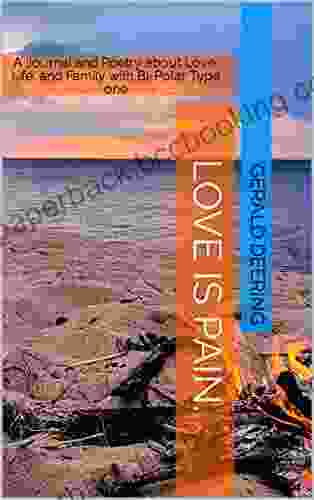
 Camden MitchellUnveiling the Hidden Struggles and Triumphs: A Journal and Poetry Collection...
Camden MitchellUnveiling the Hidden Struggles and Triumphs: A Journal and Poetry Collection... Colton CarterFollow ·3.2k
Colton CarterFollow ·3.2k Brennan BlairFollow ·17.1k
Brennan BlairFollow ·17.1k Johnny TurnerFollow ·6.5k
Johnny TurnerFollow ·6.5k Gary CoxFollow ·11.9k
Gary CoxFollow ·11.9k Yasushi InoueFollow ·2.3k
Yasushi InoueFollow ·2.3k Charlie ScottFollow ·17.7k
Charlie ScottFollow ·17.7k Brenton CoxFollow ·2.8k
Brenton CoxFollow ·2.8k David PetersonFollow ·6.6k
David PetersonFollow ·6.6k
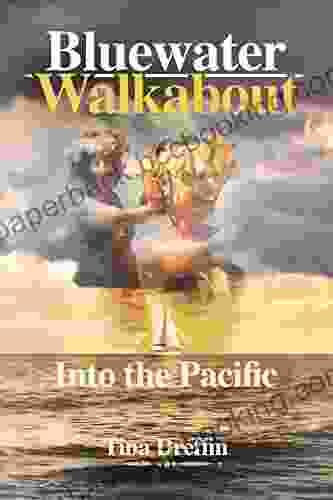
 E.M. Forster
E.M. ForsterBluewater Walkabout: Into the Pacific
An Unforgettable...
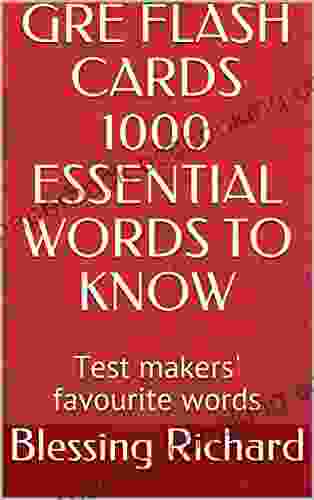
 Joseph Foster
Joseph FosterUnlock the Secrets of Standardized Test Success with Test...
Are you tired of struggling with standardized...
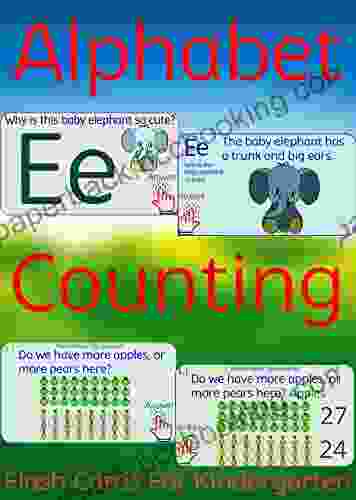
 Joe Simmons
Joe SimmonsUnlock Learning with Flash Cards for Kindergarten:...
Ignite a Passion for...

 Raymond Parker
Raymond ParkerJourney into the Enchanting World of "The Heart Kingdom"...
A Timeless Tale of Love,...
5 out of 5
| Language | : | English |
| File size | : | 4030 KB |
| Text-to-Speech | : | Enabled |
| Enhanced typesetting | : | Enabled |
| Print length | : | 170 pages |
| Lending | : | Enabled |


